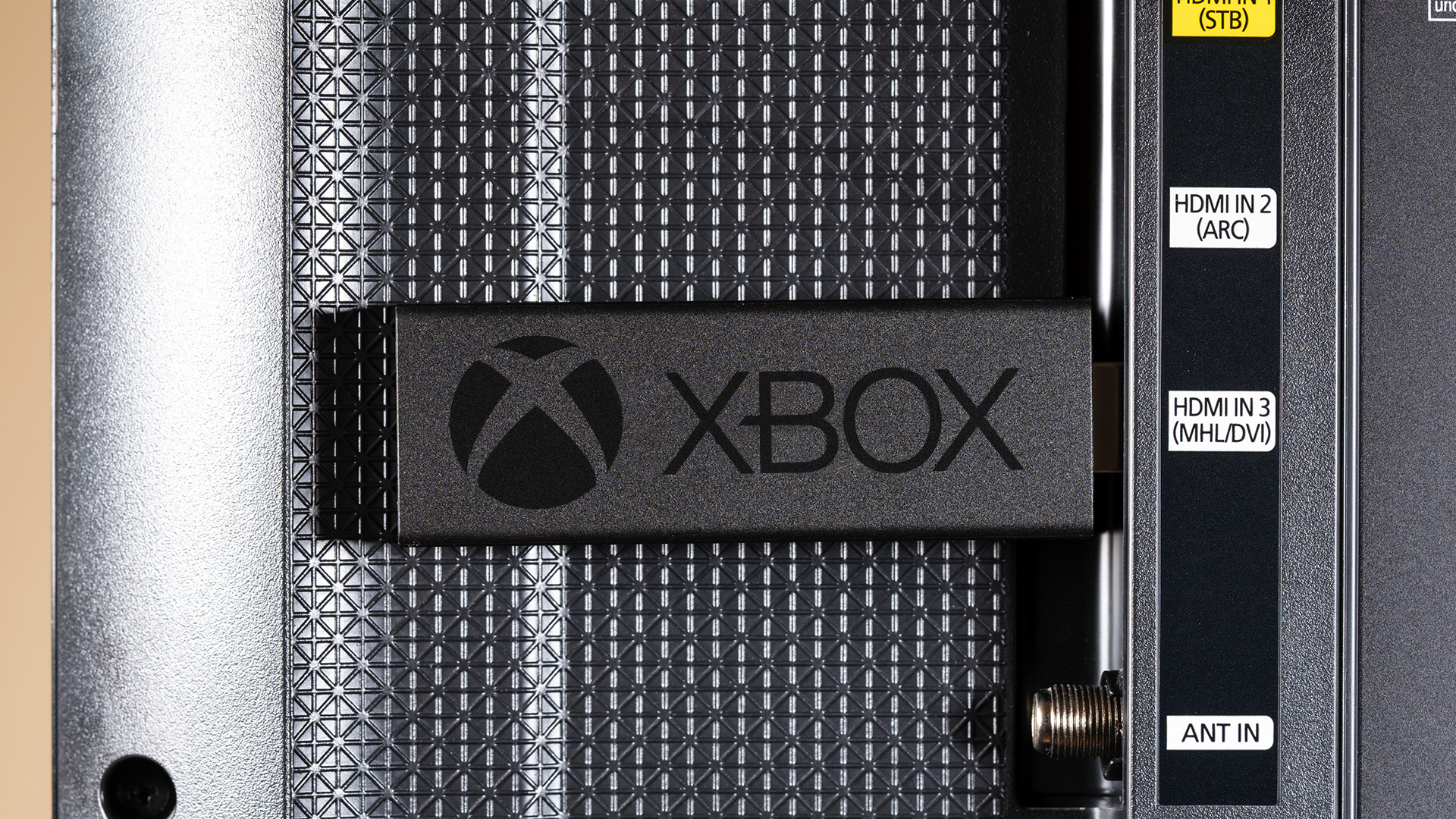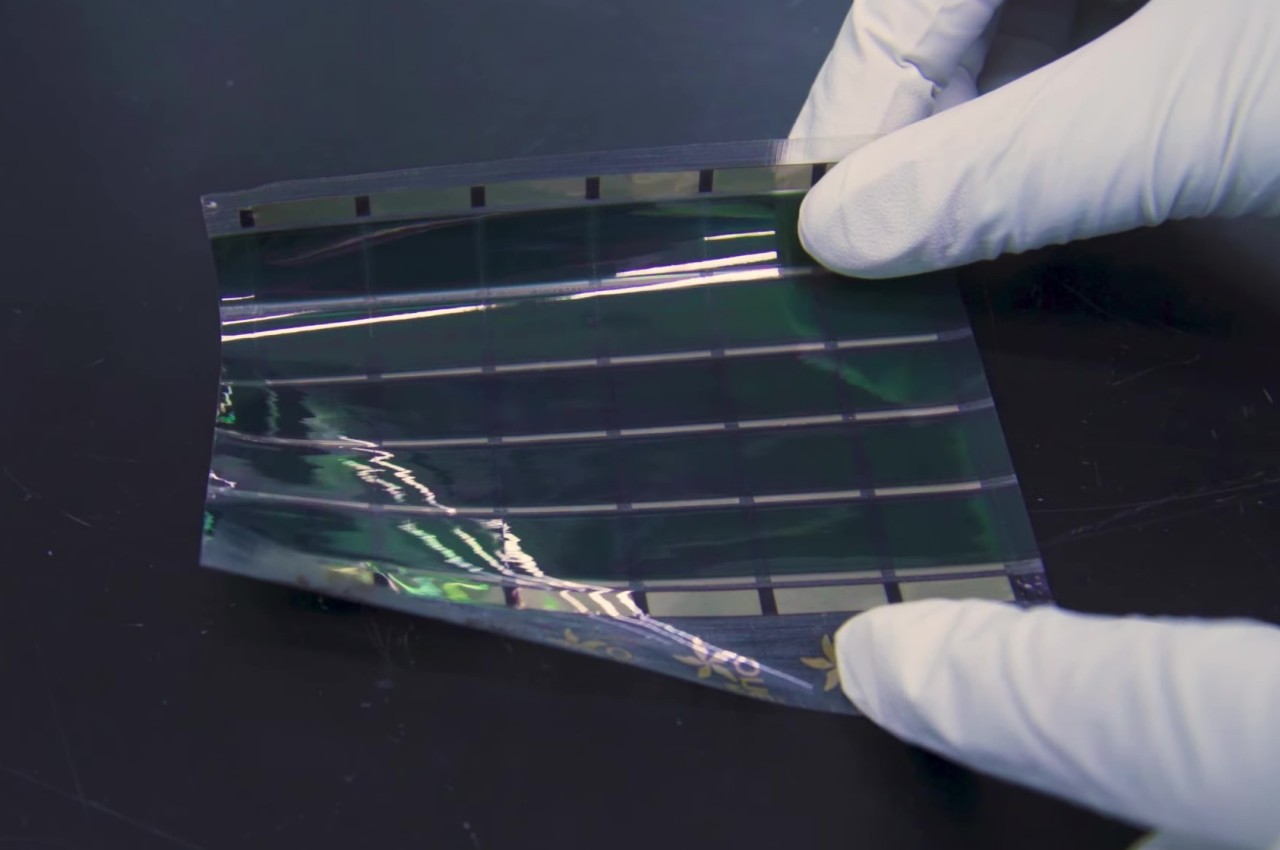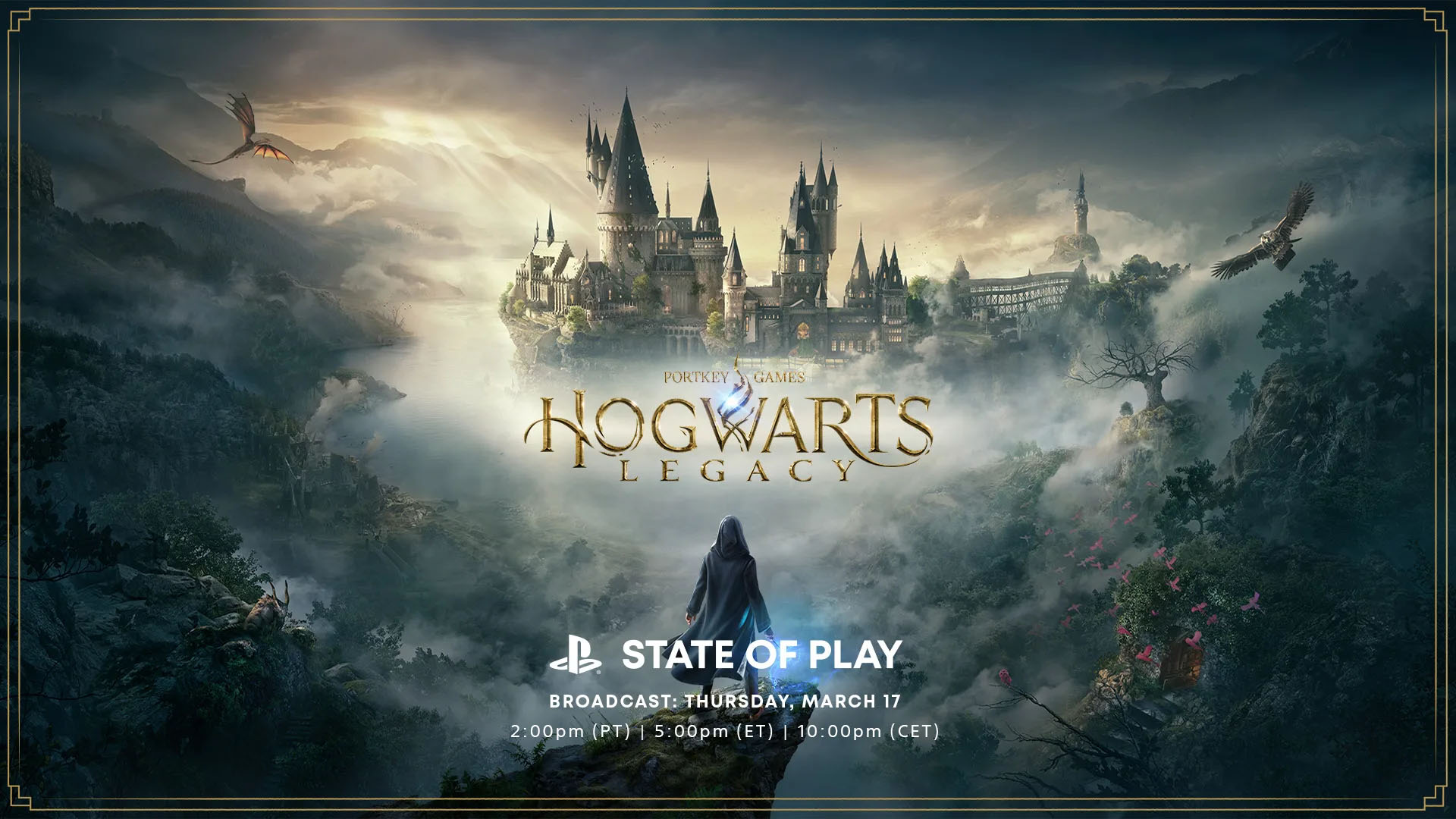#UK bets on 11 key technologies to boost its space sector


The technologies are listed in the agency’s newly-published Space Exploration Technology Roadmap, which will guide research, development, and future funding decisions over the next 10 years.
The roadmap’s overarching aim is to help the UK fully benefit from the growing commercialisation of space exploration and the global space economy — estimated to reach $1tn (€897bn) by 2040.
“We are entering a new era of space exploration where governments and commercial operators are working closer than ever before,” said the space agency’s CEO Dr Paul Bate.
Catch up on our conference talks
Watch videos of our past talks for free with TNW All Access →
“By setting out this roadmap, we are giving clarity to industry and researchers across the space sector, and positioning the UK as a partner of choice for future space exploration missions to the Moon, Mars, and beyond.”
Autonomy and AI are listed as a the priority for boosting the capability and efficiency of missions. Autonomous navigation, for instance, can enable spacecraft explore remote planets and moons without the need for human intervention. The technology is also considered crucial for commercial satellites in low-Earth orbit.
Another focus area is space nuclear power. It’s expected to serve as a reliable source of energy on the lunar surface to sustain life and facilitate construction as humans return to the Moon and build the infrastructure needed to travel to Mars.
The rest of the technologies include: advanced manufacturing; communications and mission operations; in situ resource utilisation; life support and crew performance; navigation and sensing; propulsion; robotics; sample curation; and science instrumentation.
The roadmap also features a number of existing projects, which form part of the UK’s plan to become a space superpower. A notable example is Lunar Pathfinder, a satellite developed and operated by Surrey Satellite Technology, which will provide communication services around the Moon as part of the ESA’s Moonlight project.
The 11 technologies align with the aims of the UK’s National Space Strategy to advance and upgrade the country’s space industry — which has had a strong funding year so far. According to data from VC firm Seraphim Space, between Q2 2022 and Q2 2023, UK companies saw the world’s third highest investment in space tech, raising $311mn (€279mn).
If you liked the article, do not forget to share it with your friends. Follow us on Google News too, click on the star and choose us from your favorites.
For forums sites go to Forum.BuradaBiliyorum.Com
If you want to read more like this article, you can visit our Technology category.




